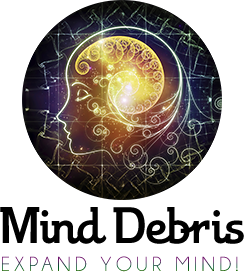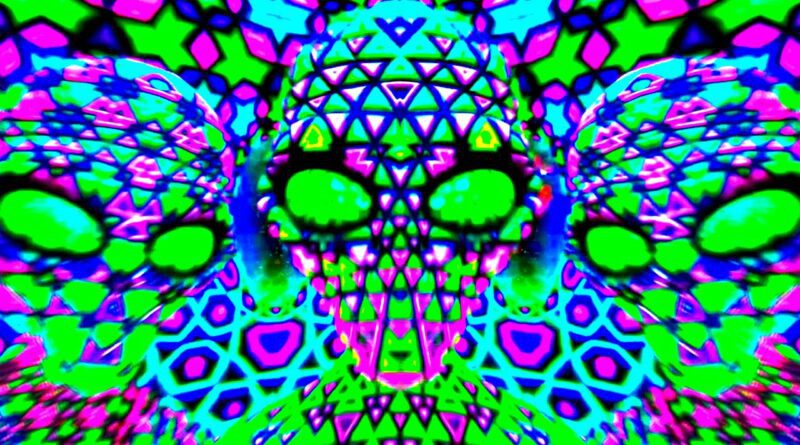Are Near Death Experiences Just a DMT Trip?
[Please note that this page contains affiliate links. If you choose to purchase after clicking a link, I may receive a commission at no extra cost to you.]
Reports from across history depict meaningful visions and dreams that arrive at the very end of one’s life. But unfortunately, these explanations are often set aside as by-products of brain-addled delirium or possible medication side effects.
DMT Trip Study
In 2014, scientists at Daemen College and Hospice Buffalo asked 63 volunteers admitted to hospice care over 20 months for their views on any visions or dreams that they are having. Volunteers depicted most of their dreams and visions are a source of comfort.
During their dreams, hospice volunteers describe being in the company of loved ones who have passed, preparing themselves for the end journey, or seeing dead siblings, parents, or spouses waiting for them.
Is Near-Death Experiences Psychedelic Trips?

Looking at these dreams at the end of life are much more vivid dreams that may arrive at the point of death. Scientists point to our final minutes as being quite a mentally sensory finale.
In the beginning, there are accounts of people who have had near-death experiences. Many people report having wild visions that have now been named “near-death experiences” (NDEs).
Psychiatrist and philosopher Raymond Moody invented the term about a half-century ago and found a few standard features of NDEs: feelings of warmth and security, a bright light, detachment from the body, and meeting with mysterious beings.
These experiences to religious people may seem like being welcomed into the afterlife, while nonreligious people may enjoy the trip well it lasts. Associating NDEs to “trips” is essentially a rational comparison.
A 2018 study discovered that participants who had low doses of the psychedelic drug N, N-dimethyltryptamine (DMT) in a controlled setting were then asked to describe what happened during their experience.
DMT Trip Science
Their reports were similar to how people describe their NDE experiences. So it would turn out that DMT is very present in the mammalian brain.
In 2019, scientists of the University of Michigan found DMT in several locations in rat brains, but they also found neurons with the two enzymes it takes to make DMT.
Furthermore, the neurons that seem to make DMT at levels compared to those of other primary neurotransmitters like serotonin, which stabilizes mood and dopamine, which drives pleasure.
DMT was also found in tiny amounts of brain tissue and more significant cerebrospinal fluid, a clear liquid surrounding the brain’s spinal cord. DMT likely takes over the brain at death, causing NDEs and vivid dreams. The University of Michigan scientists discovered this happened in rats.
The researchers measured levels of DMT trip in the brain as mice who had suffered cardiac arrest and seen DMT had jumped up to 10 times higher than baseline levels, which is more than enough to have psychedelic effects.
A similar increase in humans may explain NDEs and vivid dreaming at or close to death. It only takes a minor brain hit to produce DMT, which could make our final minutes on Earth a fun psychedelic voyage.

